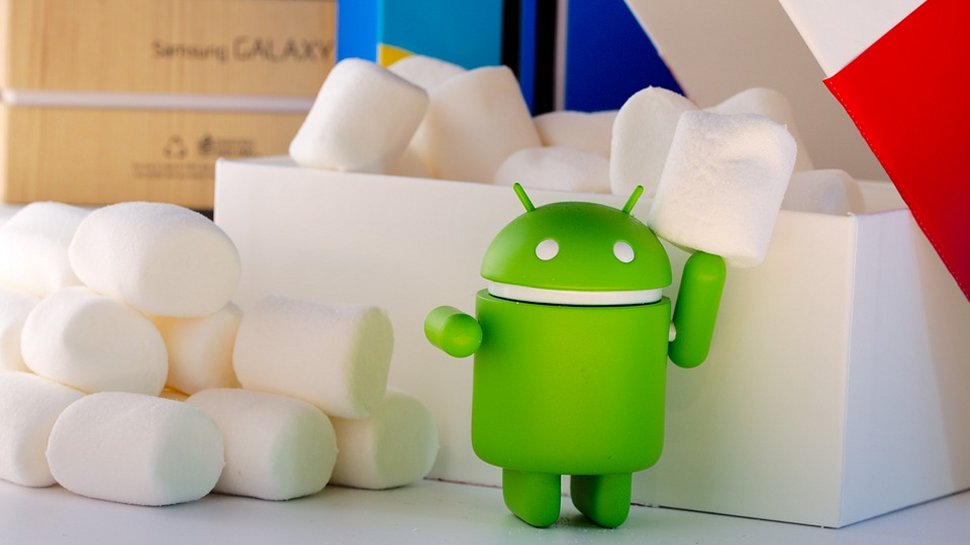After nine months, Android 9 Pie is only on 10% of Android phones

With each new version of Android, Google brings new and useful features to its phone operating system, but it seems no-one feels pressured to update their phones judging by new distribution stats released by Google.
According to the figures, the nine-month-old Android 9 Pie, Google's latest operating system, is only on 10.4% of all Android phones – in comparison its predecessor, Android 8 Oreo, is on 28.3%.
- The Samsung Galaxy Note 9 was one of the last Android 8 handsets
- The OnePlus 7 could be one of the final Android 9 handsets
- Could the Samsung Galaxy Note 10 use Android 10 Q?
In fact, Android 9 is on fewer devices than all Android versions newer than Android 4.4 KitKat, which came out in 2013, so people clearly aren't in a hurry to upgrade their phones.
Most new phones, such as the Samsung Galaxy S10 and Huawei P30, use the newer operating system, but people often wait on buying these high-end handsets for a while until they're more affordable, which could explain why fewer handsets run Android 9, especially as older phones often take a while to be updated by their makers.
How does this compare to iOS?
The newest Apple OS, iOS 12, was released in September 2018 – and according to the Apple support website, as of February 2019, 80% of iPhones and iPads run on the newer operating system, which is a wildly different figure from the 10% of Android phones which use its newest OS.
Despite Apple's newest OS being used on a much bigger portion of its devices than Google's newest Android version, that doesn't necessarily mean iOS 12 is more popular among users than Android 9 – according to statistics taken mid-way through 2018, Android phones make up 88% of the marketshare, compared to 11.9% for iOS, so in fact the number of phones using iOS 12 and Android 9 could be roughly even.

Why does no-one use Android 9?
Android phones don't always notify users when a new upgrade is available, unlike iOS products, so many Android users may not know about, or feel the need to explore, OS upgrades – this could explain the lower uptake rates. Plus, as noted manufacturers aren't always quick to bring updates to their handsets.
Sign up for breaking news, reviews, opinion, top tech deals, and more.
It's also worth considering that the step up to Android 9 from Android 8 isn't a huge one, with the biggest changes being an aesthetic change as well as adaptive brightness and battery use, which not all Android users might find useful or worth the time taken to upgrade.
However, judging by the fact that 0.3% of Android phones still run Android Gingerbread, from 2010, not all Android users feel the need to upgrade regularly at all, so perhaps the phone industry's emphasis on yearly upgrades doesn't necessarily reflect consumer demand for newer and better operating systems.

Tom Bedford joined TechRadar in early 2019 as a staff writer, and left the team as deputy phones editor in late 2022 to work for entertainment site (and TR sister-site) What To Watch. He continues to contribute on a freelance basis for several sections including phones, audio and fitness.